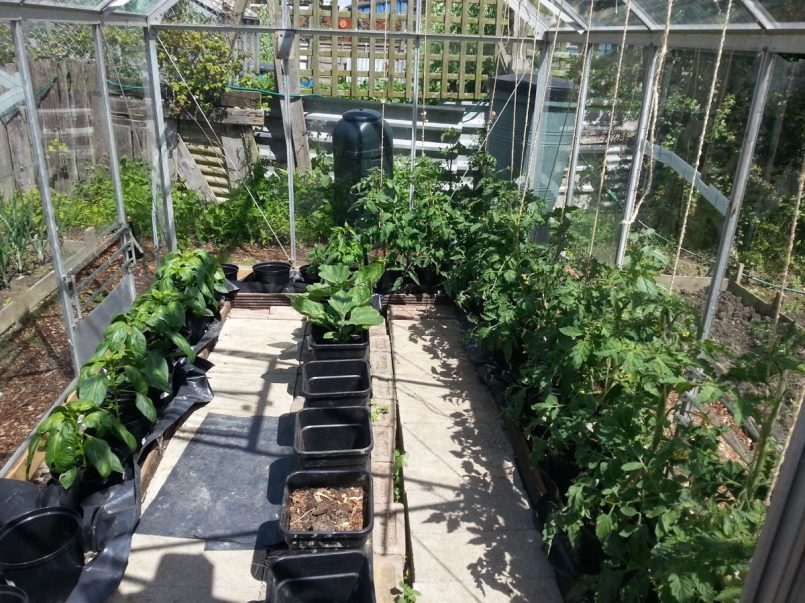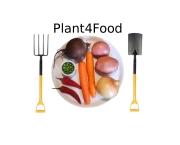There is nothing looks more splendid than a brand new 8ft by 12ft greenhouse with tomatoes, cucumbers and peppers growing inside. The problem we have found is that they are always in someone else’s garden! No seriously, we had great success for years growing in a greenhouse, and you can too. Just choose the right plants and create an environment in which they can grow healthily. Read on to find out what we did, together with the pros and cons of growing plants inside a greenhouse.
The first greenhouse we purchased was a brand new polycarbonate greenhouse, which was recommended to us by a friend. It didn’t last long, because it was too lightweight to withstand any winds on our open allotment site. We quickly dismantled it and looked for a second-hand, glass replacement.
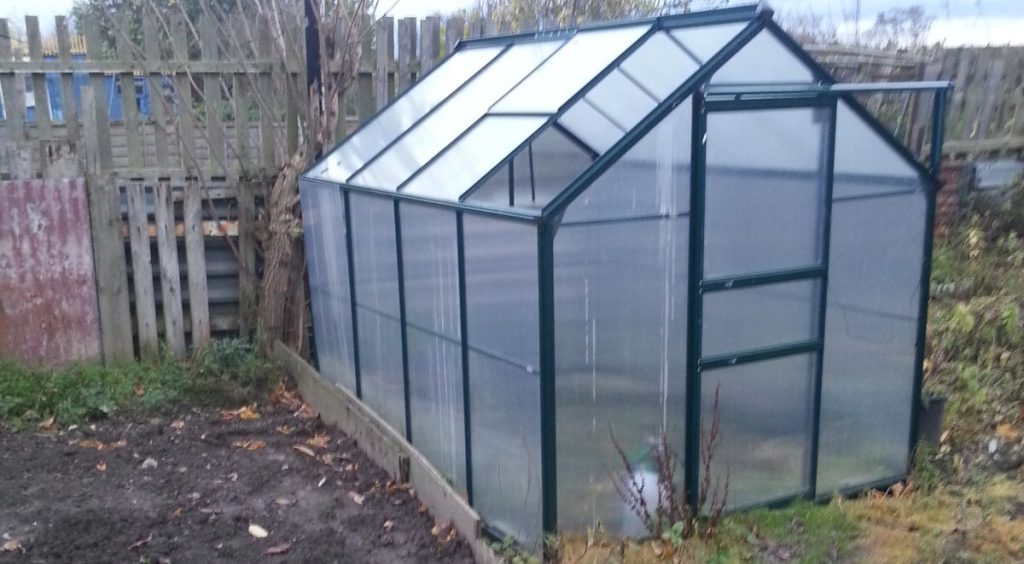
Our 12ft greenhouse was bought second-hand, with some panes cracked and others replaced with polycarbonate sheets. We quickly fitted automatic openers on both roof vents and the side louvre vent. This freed us from the task of opening and closing the vents during hot and cold spells, or at the beginning and end of each day.

We calculated that we had space inside for three rows of plants so decided on growing twelve tomato plants, two baby plum tomato plants, six sweet peppers, two chilli peppers and two aubergine plants. It would be very crowded at harvest time, but hopefully very productive.
We started off by positioning a combination of plastic and wooden troughs – two across the far end, three along both sides and two in the middle. It was easier to make shorter troughs level. We lined the troughs with strong, plastic sheeting to make them waterproof and filled them with about four inches of pebbles. Finally, we poured in enough water to reach the top of the pebbles. We moved our young plants into bottomless pots and placed them on top of the pebbles.
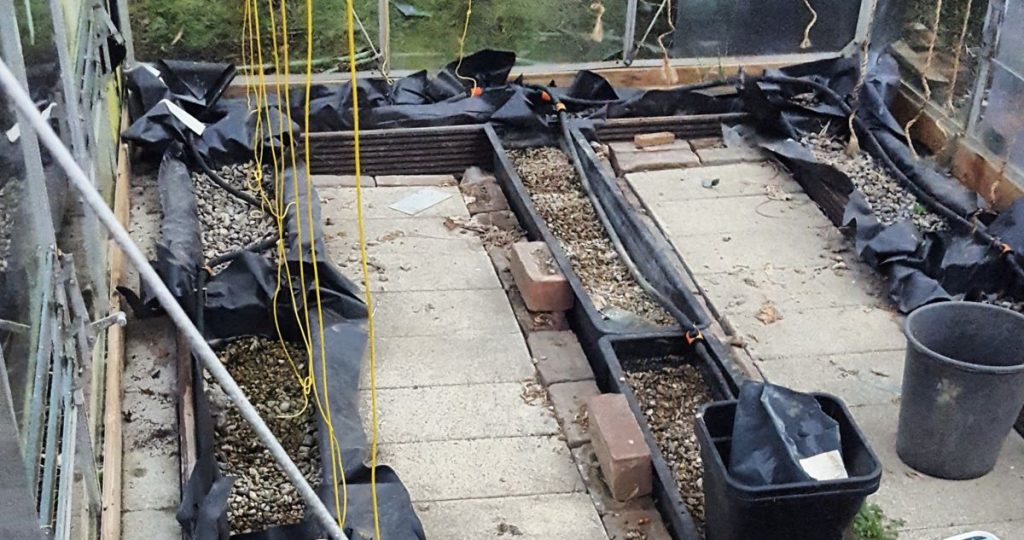
Later on, we used a battery-powered timer and a series of pipes to keep the troughs full with water.
Unfortunately, we had to get rid of our greenhouse because of vandalism (stone-throwing), but if we still had it, this is the growing method we would use. It was cheap, very easy to use and produced lots of fruit.
Advantages and disadvantages of greenhouses
Pros:
- Grow more heat-loving plants (e.g. fruiting vegetables and tropical plants)
- Protects plants from bad weather
- Extends growing season
- Gives some protection against predators
- Provides an easier supportive framework for heavy or climbing plants
- Optional automatic window and vent openers help control the inside temperature
- The framework allows for optional guttering and/or water butt to capture rainwater (plants prefer rainwater to tap water)
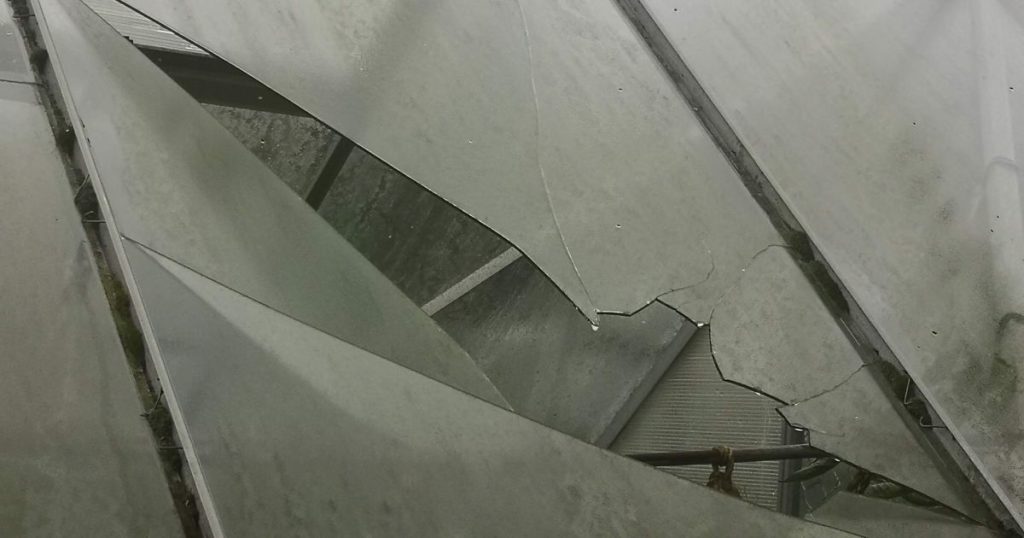
Cons:
- Costly to buy
- Requires assembly
- Glass can be damaged by high winds or vandalism
- Plants require manual watering unless an automatic watering system is in place
- Less air circulation means an increased risk of diseases
- Not as accessible for pollinators if the door is kept closed
We have tried growing tomatoes and cucumbers outside and, in our experience, they are healthier and more productive when grown undercover. That said, lots of other vegetables are better suited to outside conditions. It’s really a case of choosing the right plants and ensuring your greenhouse provides a healthy environment in which they can grow.
